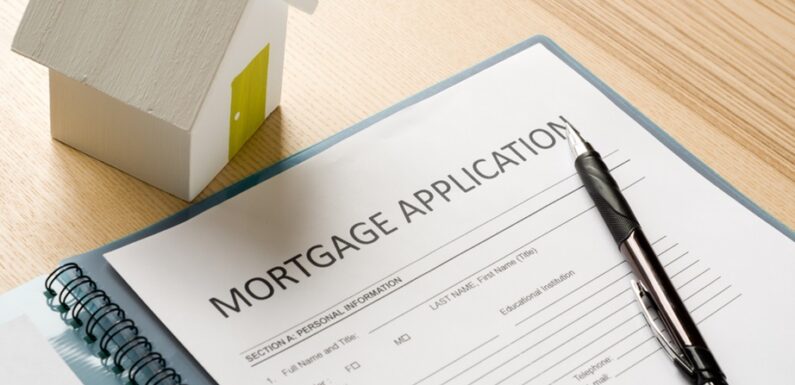
A mortgage is a loan that is used to purchase real estate, such as a home. In Canada, the process of obtaining a mortgage is similar to the process in other countries, but there are some important differences that you should be aware of. So, how does a mortgage work in Canada? This article will provide a step-by-step guide to the mortgage process in Canada, from applying for a loan to closing on the deal.
1. Applying for a Mortgage
The first step in the mortgage process is to apply for a loan. You can do this through a bank, credit union, or other financial institution. A MIC in Canada will ideally be the best place to start your search for a lender. This is because they have access to a variety of lenders and can help you find the best rates and terms for your situation. Also, the process of applying for a loan will vary depending on the lender, but you will typically need to provide some basic information, such as your income, debts, and assets. So, be sure to have this information ready when you begin your application.
2. Getting Approved for a Mortgage
Once you have submitted your loan application, the lender will review it and decide whether or not to approve you for a mortgage. If you are approved, the lender will provide you with a mortgage commitment, which outlines the terms of the loan, such as the interest rate, monthly payments, and so on. It is important to review the mortgage commitment carefully before signing it, as you will be bound by its terms if you do.
3. Shopping for a Home
Now that you have been approved for a mortgage, it’s time to start shopping for a home! This is often the most exciting part of the process, but it’s important to remember that you are making a major financial decision. So, be sure to take your time and find a property that is right for you. Look for something that is within your budget and meets your needs in terms of size, location, and so on. You should also consider home inspection and appraisal fees, as these can add up.
4. Making an Offer on a Home
Once you have found a home that you would like to purchase, it’s time to make an offer. This is typically done through a real estate agent. The agent will present your offer to the seller, who will then either accept it, reject it, or counteroffer. If your offer is accepted, congrats! You are one step closer to owning your new home. The next step is to get a home inspection.
5. Getting a Home Inspection
A home inspection is an important step in the mortgage process, as it can help you identify any potential problems with the property. The inspector will look for things like pests, structural damage, plumbing issues, and so on. If any major problems are found, you may be able to negotiate a lower purchase price or have the seller make repairs before you close on the deal.
6. Applying for Mortgage Insurance
If you are putting down less than 20% of the purchase price as a down payment, you will typically need to purchase mortgage insurance. This insurance protects the lender in case you default on your loan. It is important to note that mortgage insurance is not the same as life or health insurance, so it will not cover you if something happens to you. Mortgage insurance is a one-time premium that is paid at closing.
7. Closing on the Mortgage
Closing is the final step in the mortgage process. This is when the loan is officially funded, and the property is transferred to your name. At closing, you will sign a bunch of paperwork and pay any remaining fees, such as the down payment, closing costs, and so on. Once everything is finalized, you will be the proud owner of your new home! Congratulations!
Wrapping Up
There you have it, a step-by-step guide to the mortgage process in Canada. Be sure to take your time and do your research at each stage to ensure that you are making the best decision for your situation. And if you have any questions, be sure to ask a professional. They can help you navigate the process and make sure that everything goes smoothly. Thanks for reading!

